Iconic Ads – De Beers – A Diamond is Forever

“A Diamond Is Forever” is great because it emphasizes both eternity and emotion and was written by Frances Gerety at Ayers.
The market for diamonds had virtually vanished by the late 1930s, following nearly ten years of the Great Depression, and prices had plummeted. De Beers had shuttered the majority of its mines.
To make diamonds more appealing to a larger audience, Harry Oppenheimer was dispatched to New York in 1938 with the task of devising a new marketing strategy. He hired N. W. Ayer & Son, one of the oldest advertising agencies located in Philadelphia. It had a reputation for creating distinctive slogans and campaigns for its clients.
Ayer president Gerold Lauck had been assured by Oppenheimer that if Ayer could help De Beers drive clients toward larger, higher-valued diamonds, Ayer would become De Beers’ exclusive ad agency in the United States. By 1943, the company still hadn’t provided anything satisfactory to De Beers, so a fresh team was brought in.
Frances Gerety was a copywriter, and she was put on this account.
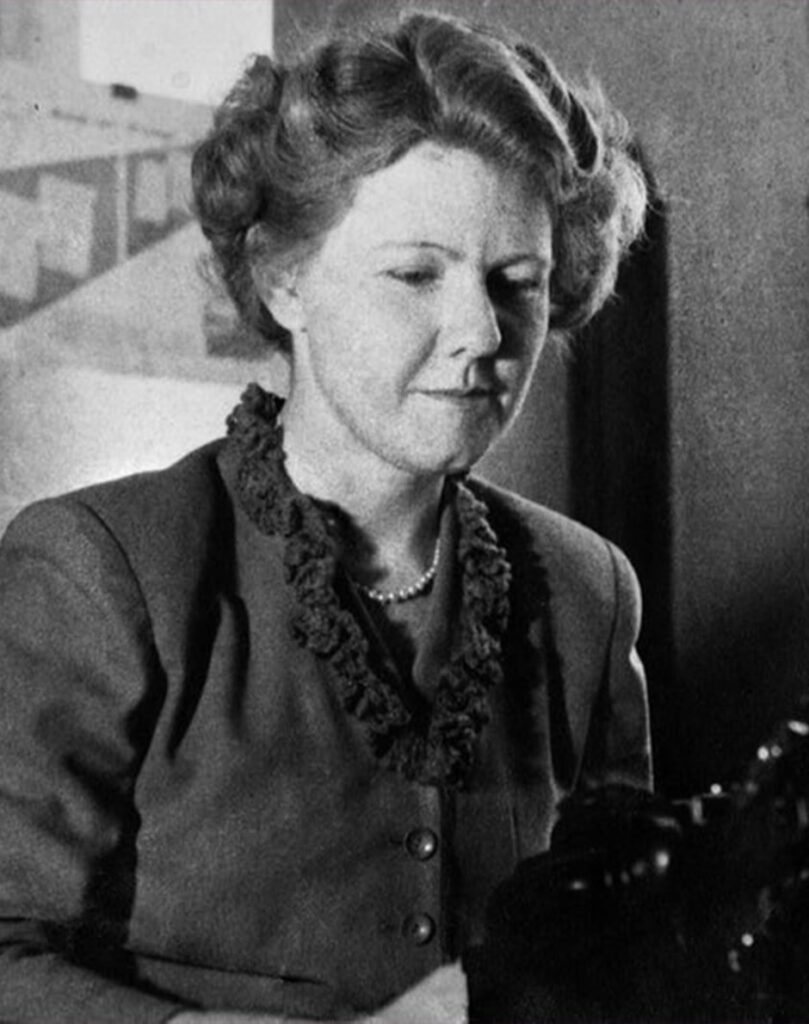
It was an unusual situation of having to market a product to the general public that they probably didn’t desire and certainly didn’t need. The task was to come up with an “idea for a new type of advertising,” according to the brief (which has been widely imitated ever since). No direct sale and no brand name emblazoned. De Beers could not be mentioned initially because of the monopoly and later on due to apartheid.
There was simply an idea of “the eternal emotional value surrounding the diamond.”
Frances was a procrastinator and she had forgotten that she was asked to come up with a tagline for the De Beer ads. And it didn’t seem like a huge issue at the time.
But she had to get a line as she had to give it to Lauck who was to take it with him to South Africa to present it to the honchos at De Beers. Once a year, Gerry Lauck took the ads she wrote to South Africa for their approval.
She recalled a late night after she had finished her job, about 3 a.m. “Oh, I forgot to do this line,” she said. She was tired then. On a scrap of paper, she wrote something. “Dear God, give me a line,” she pleaded. She then went to sleep after scribbling something.
And when she read what she had written the next morning, she noticed “a diamond is forever”, and she decided that would suffice. She didn’t think it was all that great, or her best either.
When Frances presented the line at a regular morning meeting in 1947, her colleagues (all of whom were men) said it meant nothing. It wasn’t even grammatically acceptable to use the term “forever.”
Rest as this say is history. “A Diamond Is Forever” has appeared in every De Beers engagement advertisement since 1948.
And Frances wrote every De Beers ad till 1970.
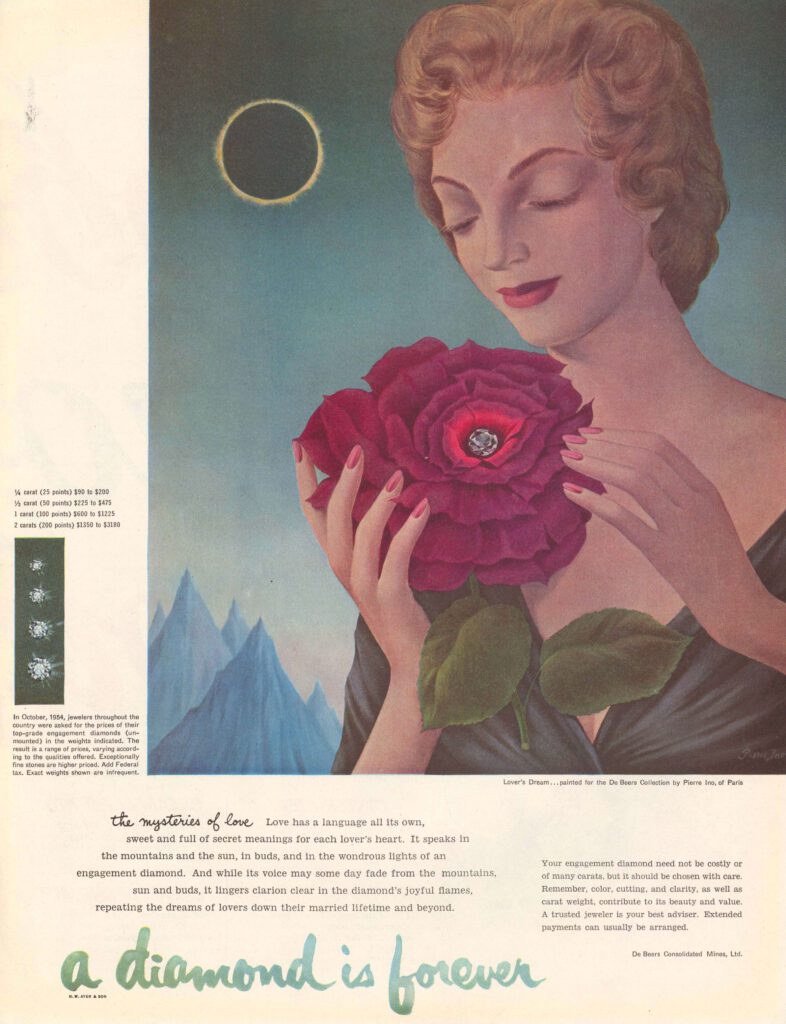
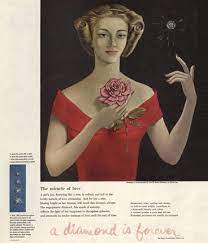
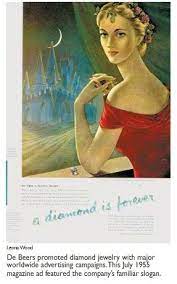

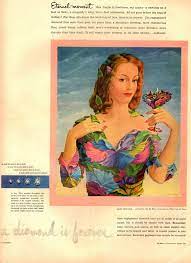
“A Diamond Is Forever” is great because it emphasizes both eternity and emotion. Her earlier advertising, which appeared in Vogue, Life, and Harper’s Bazaar, emphasized eternalness and endlessness. “May your happiness continue as long as your diamond” for honeymoon photos. “Wear your diamonds like the night wears its stars, ever and always… for their beauty is as timeless,” in advertisements depicting war-torn couples, implying that a diamond may be the ticket to immortality. And advertising that played on men’s egos, likening buying a diamond to establishing something.
Advertising centred on “the engagement diamond tradition.” There was no tradition at all, but the more the narrative was recounted, the more people believed it to be true.
The slogan makes an ultimate (and unachievable) promise: If you buy a diamond, your love will last forever.
There is no such thing as forever without a diamond, the tagline appeared to warn. The warning was effective. In those days, a girl did not consider herself engaged until she got a diamond engagement ring. In 1951, eight out of ten American brides received a diamond in the same year. Since then, the figure has remained the same.
For all the work she did, Frances was undervalued and not appreciated enough. Ayer and Son celebrated the 25th anniversary of their collaboration with De Beers in 1963, gave all-male executives gold watches and proudly displayed them in the workplace, prompting her to ask, “Where’s mine?” No one had considered including her.
Frances received recognition only at the end of her life, from De Beers.
And Frances Gerety – she never married.
For more reading – J. Courtney Sullivan, author of “The Engagement.”
https://www.forevermark.com/en-in/now-forever/a-diamond-is-forever/frances-gerety/
Podcast
https://portfolio.mentza.com/portfolio/vejayanand/circles/15615
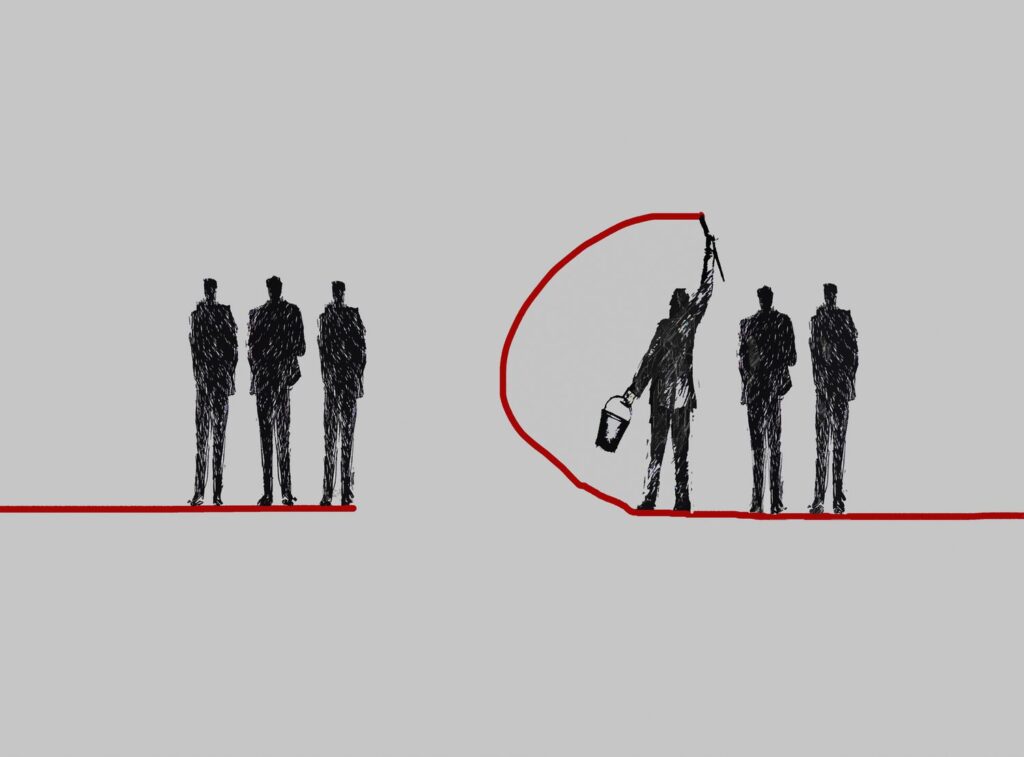
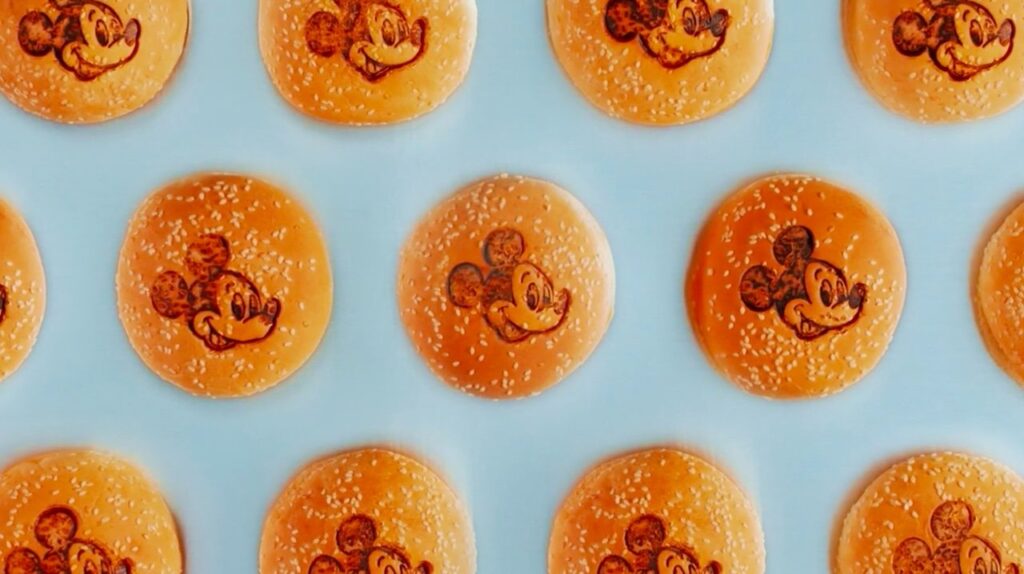


1 Comment